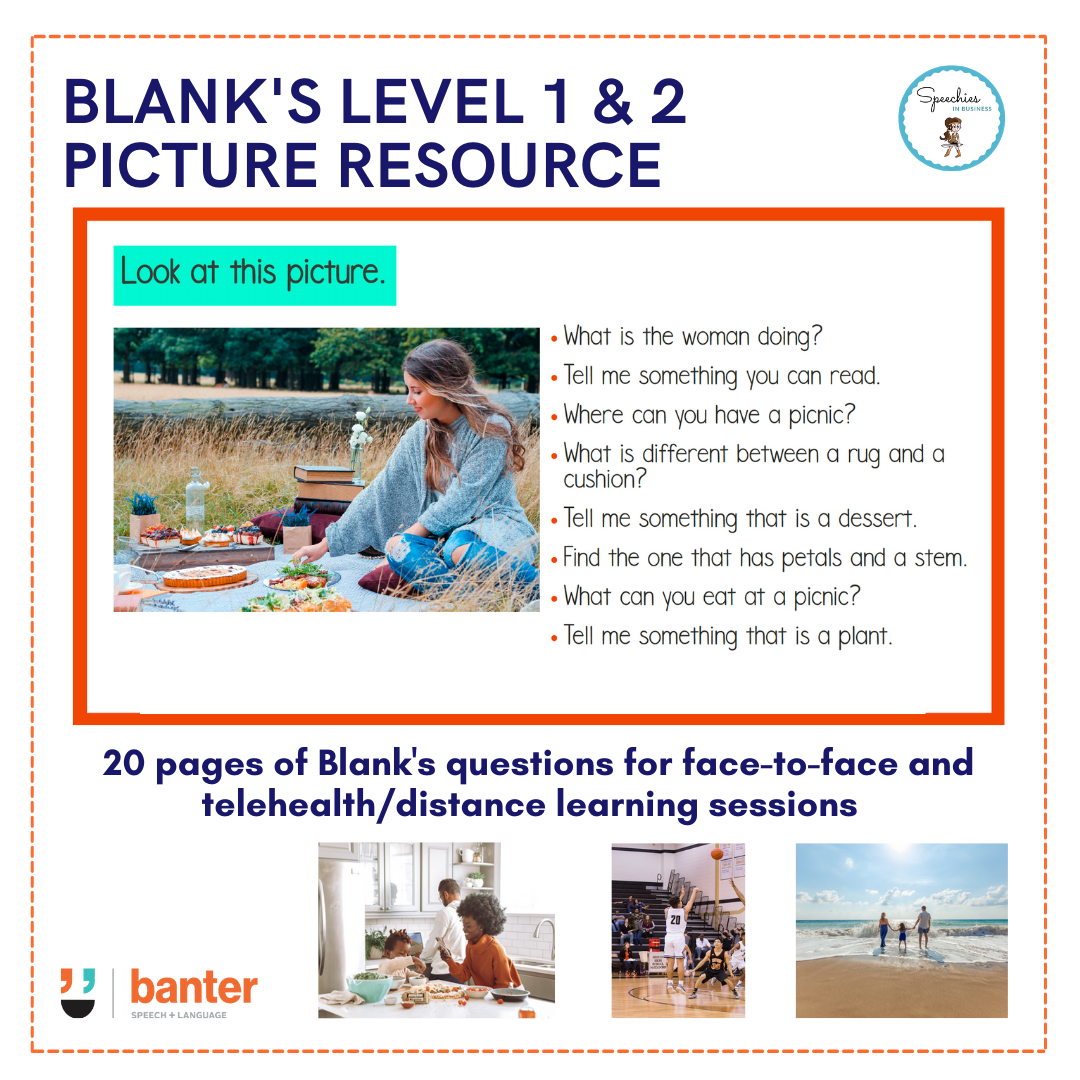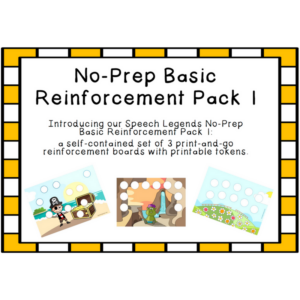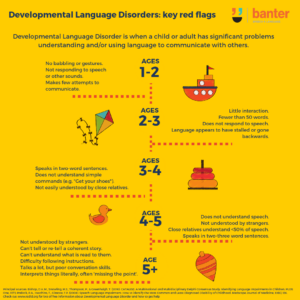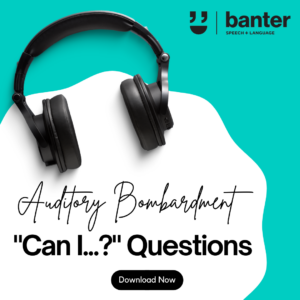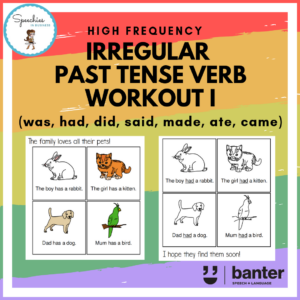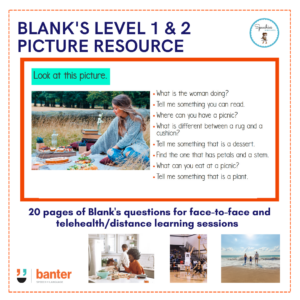(L152) Blank’s Level 1 and 2 Picture Resource
$5.99 including GST
In this 25-page picture resource, we target Blank’s Levels 1 and 2 language comprehension tasks, which requires the student to identify objects, to name attributes of objects, and to categorise them.
We use this resource in our busy speech pathology clinic to support preschoolers with a range of different needs, including students with language and learning disorders, as well as students with Autism Spectrum Disorder. These resources are also appropriate for students of all ages who are learning English as an additional language.
Description
Many preschoolers don’t yet have the language comprehension skills to cope fully with the demands of preschool. Without these skills, they may struggle with the transition to school (Hart & Fielding-Barnsley, 2009). For most kids, school and home life plays a big role in helping to understand and use language (Morgan & Goldstein, 2004; Nation, 2005).
So what can we do to improve students’ understanding of language?
Well, it helps to have a plan. And good plans are based on tried and tested frameworks. For language comprehension, one of the most influential frameworks was developed by Dr Marion Blank, a developmental psychologist.
Dr Blank proposed four levels of abstraction, from least to most abstract:
- Level 1: Directly supplied information (Matching perception)
- Level 2: Classification.
- Level 3: Reorganisation.
- Level 4: Abstraction and Inferences.
Not all preschoolers can complete Level 1 and 2 tasks, which relate to directly supplied information and classification and categorisation, respectively. Broadly speaking, humans have two mains ways of organising information:
- Categorisation: dividing the world into groups of entities whose members are similar to each other in some way.
- Classification: systematically assigning each object or entity to one – and only one! – class within a system of mutually exclusive, non-overlapping classes.
For typically developing children, categorisation begins in infancy, starting with categorising objects according to basic concepts (e.g. colour and shape). Early categorisation may be purely perceptual (e.g. “these objects look alike”, or “all these things have four legs”), meaning that the child doesn’t necessarily understand the logical relationships among the grouped objects.
Typically developing preschoolers:
- first compare objects, abstracting similarities and differences between objects (e.g. looking at a glass and a mug, noting that we drink from both, but a glass is see-through, and a mug is not); and
- then categorise them – i.e. put them in groups according to “essential” or relevant similarities (e.g. “cups and mugs are things we drink from”).
We can categorise things in several ways, e.g. by function (what we do with things, or what they do), parts, by group (e.g. alive/not alive, animals, transport, etc.), by parts, materials/what things are made of, origin, location and of course basic perceptual characteristics like size, colour, scent, texture – almost any attribute you can imagine.
The developmental sequence is:
- identification and naming;
- comparison; then
- categorisation; then
- conceptualisation; and finally,
- classification.
In this 25-page picture resource, we target Blank’s Levels 1 and 2 language comprehension tasks, which requires the student to identify objects, to name attributes of objects, and to categorise them.
We use this resource in our busy speech pathology clinic to support preschoolers with a range of different needs, including students with language and learning disorders, as well as students with Autism Spectrum Disorder. These resources are also appropriate for students of all ages who are learning English as an additional language.
For more Blank’s Language Level resources, check out some of our Blank’s Levels 2, 3 and 4 language comprehension resources:
- What can you do with a…? (Blanks 2)
- What is it? Semantic feature analysis – describing objects by key attributes (Blanks 3)
- What will happen if….? (Blanks 4)
For more information about categorisation and classification and their relationship to language development, check out our article here.

